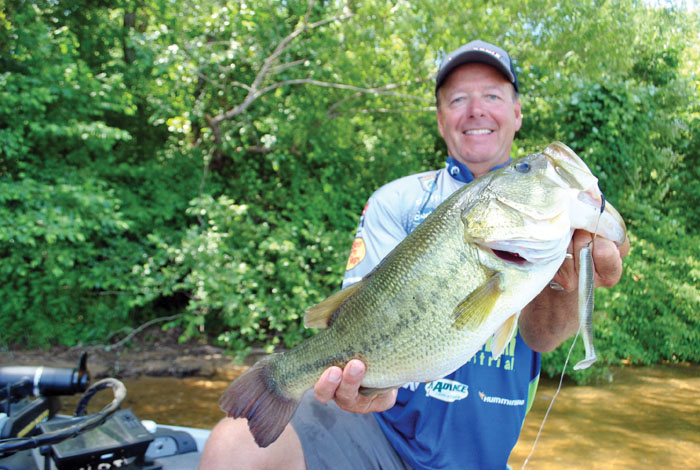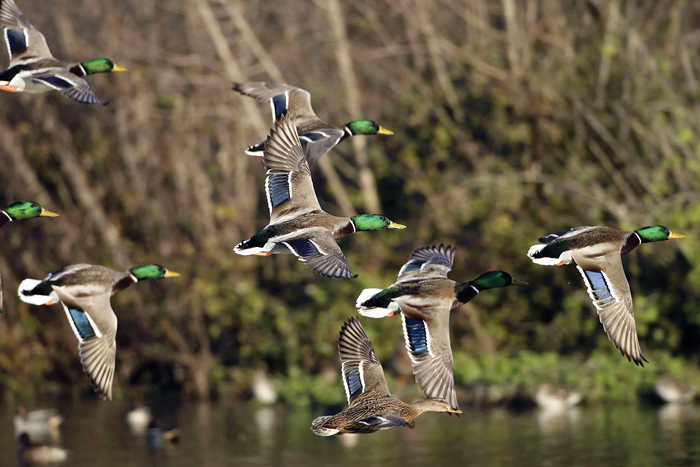Outdoors: Let kids catch what they want
Published 12:00 am Thursday, March 17, 2011
Should a little boy who catches a turtle in a trap have to let it go right away or should he be able to keep it for a day?
I was recently asked to comment on a draft copy of an illustrated childrenís book someone has written about turtles. In the story, a little boyís dad takes him to a coastal marsh where they use a trap to catch crabs for dinner. They also catch a small diamondback terrapin. The boy is allowed to take the turtle home as a temporary pet.
My role as reviewer was to comment on whether the facts about terrapin ecology were accurate, not necessarily to comment on the story itself. However, other readers of the draft decried letting the boy keep the terrapin. Their argument was that allowing the boy to take the animal home signaled to readers that removing animals from the wild is acceptable. In their opinion the terrapin should never make it off the dock because the boy should drop it right back into the water.
I thought that was OK for the purposes of the book. But I told the author that I think in real life children should be able to catch any animal they want as long as they follow the one-day rule (or 10-day rule, or five-minute rule, or whatever time period a parent thinks appropriate for the animal in question) before they let it go. My reasoning is that the knowledge children gain by becoming familiar with different animals ultimately contributes far more to conservation efforts than the hands-off approach some people advocate.
Children should not be prohibited from catching and keeping any animal they can get their hands on. What better way to learn how an earthworm moves than holding it in your hands and watching it, or maybe even keeping it in a homemade terrarium? And isnít catching a tadpole and raising it in a bowl of water the best way to know what kind of frog or toad it will turn into? Why shouldnít a child take a caterpillar home, let it build a cocoon or chrysalis and turn into a moth or butterfly? Children should be taught proper husbandry for any pet but not discouraged from keeping them.
Letís not worry about a single specimen of a species being removed from its natural habitat. Instead, letís celebrate the wonderment and appreciation for nature that children get by catching an animal and keeping it for awhile. Children who grow into adults with an appreciation for nature from firsthand experience will likely be proponents of wildlife conservation. Conservation is best served when we focus on the well-being of the species population as a whole rather than an individual animal. No child is going to have a serious impact on the status of any animal population by removing one individual. If they do, the population was already doomed anyway.
Speaking of rules about keeping wild animals as pets, some states have laws that would benefit from revision. At the very least the laws should not apply to children. An example of one such ill-conceived regulation from Georgia: a kid who enjoys nature and wants to learn about animals cannot legally keep a flying squirrel, a garter snake, or even a green anole for a pet. This law is not in the best interest of wildlife protection. Any of those species can make good pets and be educational for the owner, and none are in danger of being affected by the removal of individuals by children.
The childrenís book about turtles has some good information on terrapin ecology. I do not know what decision the author made about whether to have the child keep the turtle or immediately let it go. But if he does keep the turtle, the message would be equally as good, maybe better, than if he releases it. Kids should be allowed to catch and keep (for a short while) anything they want except a cold.
Send environmental questions to ecoviews@gmail.com.
Whit Gibbons is an ecologist and environmental educator with the University of Georgiaís Savannah River Ecology Laboratory.




